Temporal Displacement
The Fascinating Connection Between Methods of Transportation and Temporal Displacement
Have you ever thought about how different modes of transportation can affect your perception of time and space? The way we travel not only determines how quickly we can get from one place to another but also influences our experience of time itself. Let's explore the intriguing relationship between methods of transportation and temporal displacement.
Walking - A Slow Journey Through Time
Walking is perhaps the most basic form of transportation, requiring us to move at a human pace. When we walk, we are more connected to our surroundings, allowing us to experience each moment in detail. This slower mode of travel can create a sense of mindfulness and presence, almost like stepping back in time to a simpler era.
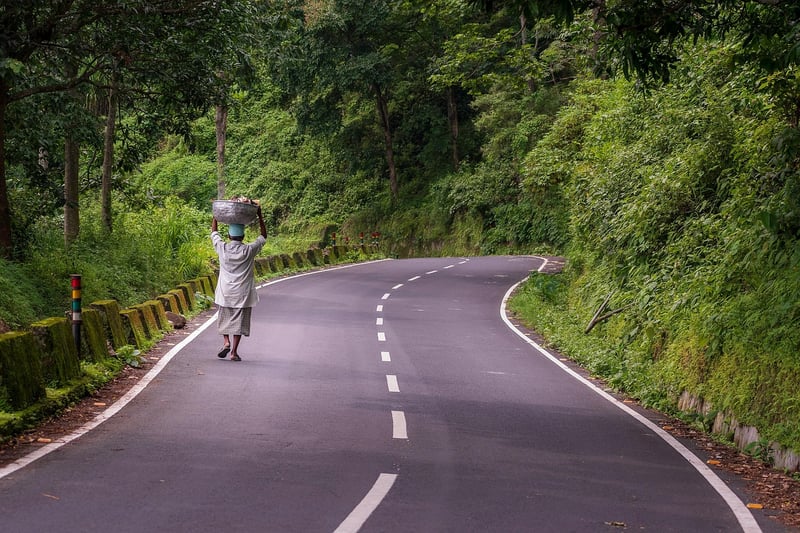
Driving - Speeding Through Time
Driving, on the other hand, speeds up our journey significantly. With the ability to cover long distances in a short amount of time, driving can create a feeling of time compression. The landscape blurs past us, and we may feel like we are living in fast forward, zipping through different moments without fully experiencing them.
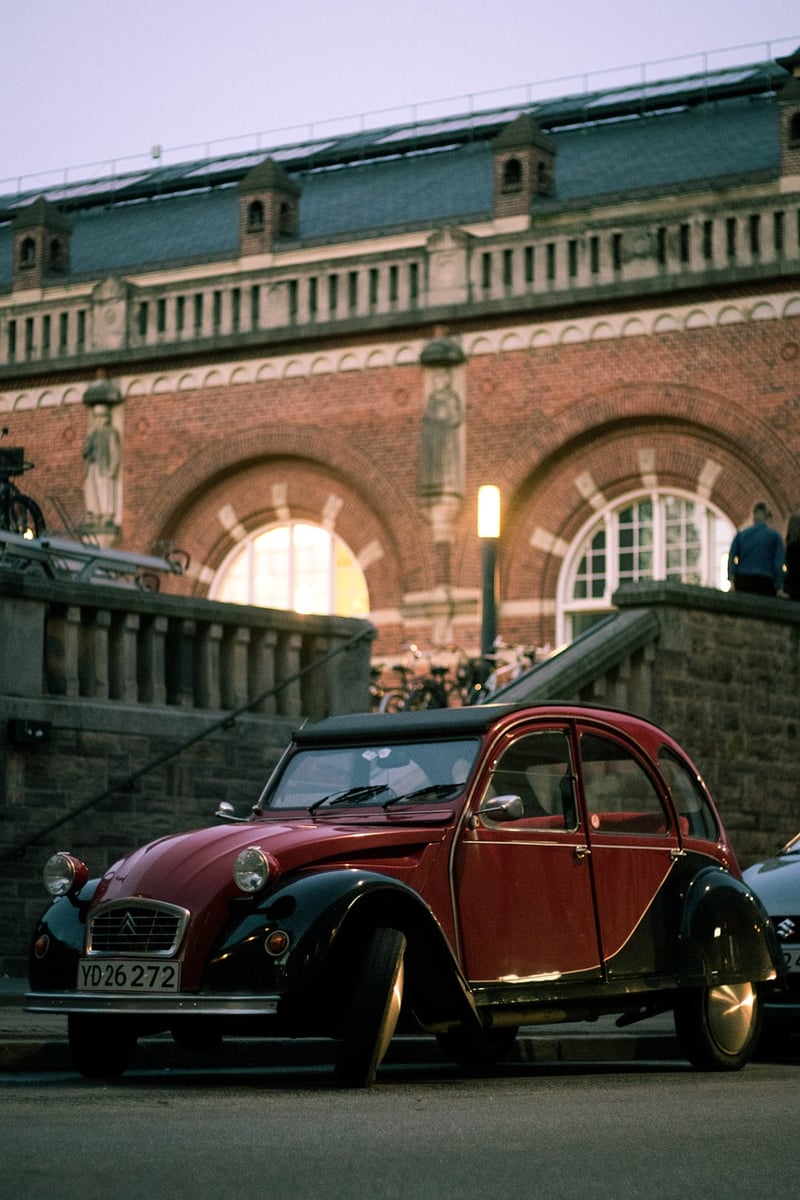
Cycling - Finding a Rhythm in Time
Cycling strikes a balance between walking and driving, allowing us to travel at a moderate pace. The rhythmic motion of pedaling can create a meditative experience, where we find a flow state and feel more connected to the passage of time. Cycling can offer a sense of freedom and exploration while still allowing us to appreciate the journey.
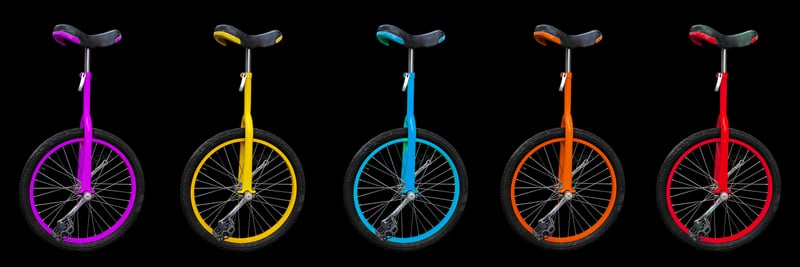
Public Transportation - A Shared Journey Through Time
Public transportation brings people together on a shared journey through time. Whether it's a bus, train, or subway, commuting with others can create a sense of community and shared experience. The regularity of public transportation schedules can also give us a structured view of time, with fixed arrival and departure times shaping our daily routines.
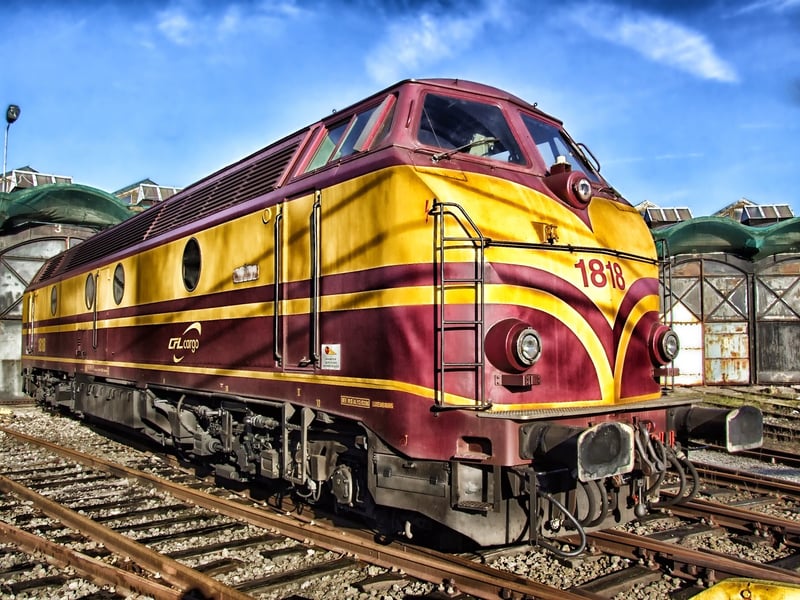
Flying - Transcending Time Zones
Flying allows us to transcend geographical boundaries and time zones, shrinking the world and making distant places more accessible. The experience of jet lag, a form of temporal displacement, highlights the impact of rapid travel on our internal clocks. Flying can compress or expand our perception of time, depending on the direction of travel.
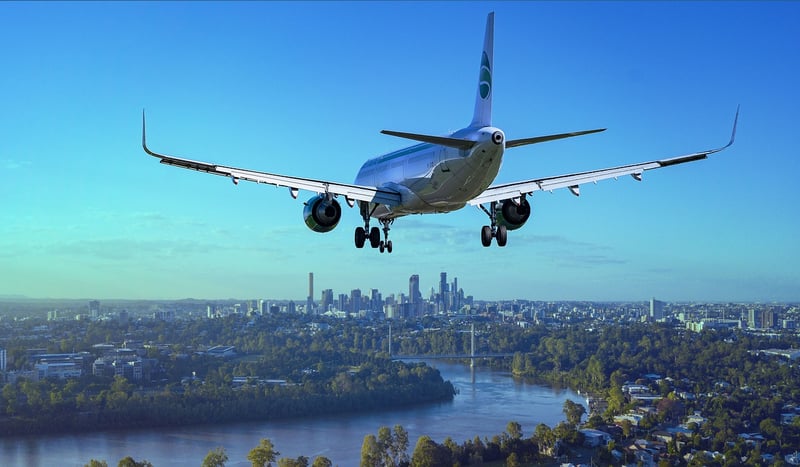
In conclusion, the method of transportation we choose can significantly influence our experience of time and space. Whether we are walking, driving, cycling, taking public transportation, or flying, each mode of travel offers a unique perspective on temporal displacement. So next time you embark on a journey, consider how your chosen mode of transportation shapes your perception of the world around you.
